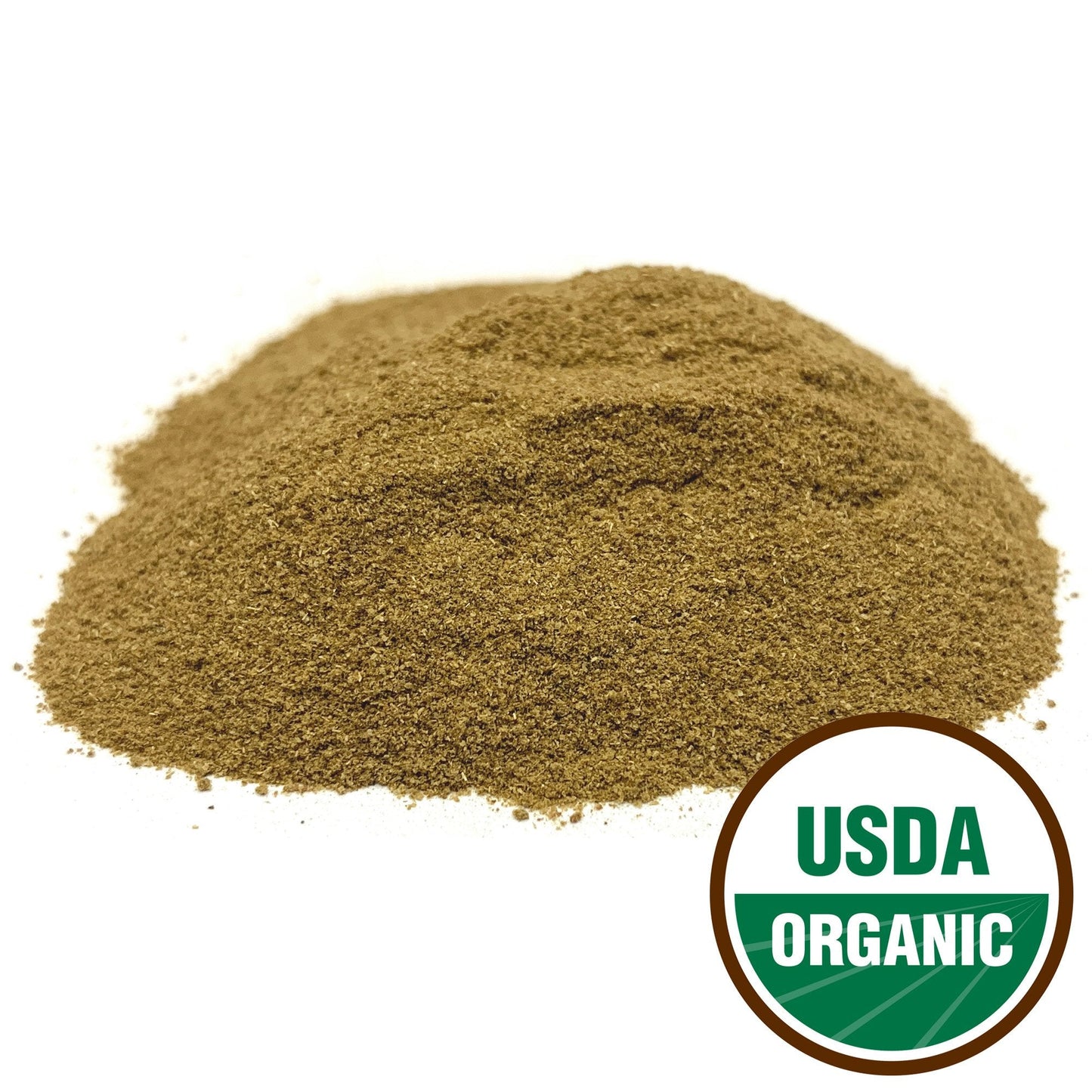Best Botanicals
Licorice Root
Licorice Root
Couldn't load pickup availability
A perennial, 2-3 feet tall. The rootstock is wrinkled, brown on the outside, yellow inside and sweet to the taste. Stems start out round at the base, and become angular towards the top. Pale blue flowers grow in axillary racemes. The pod is glabrous with 3-4 seeded, reddish brown seeds. Found in central and western U.S. and widely cultivated. The rootstock is used in flavoring food, tobacco, drinks, sweets and medicines. It is a adrenal tonic, demulcent, diuretic, expectorant and laxative.
UPC: 084783011071.
Origin(s): Bulgaria, China, Egypt, India, Pakistan, South Africa, Spain, Turkey, Ukraine, United States, Uzbekistan.
Latin Name(s): Glycyrrhiza glabra.
Also known as: Gan cao, sweet root, glycyrrhiza, Radix liquiritiae.
Plant Part(s) Used: Root.
Appearance: Light yellowish brown.
Aroma: Aromatic, pleasantly mild & sweet.
Taste: Pungent, sweet, acrid.
GMO Status: Non-GMO.
Allergen: None.
Additives: Free of any additives or preservatives.
Applications / Preparations: Can be put into capsules, soups, liquors, beer, homemade soda, teas or infused as an herbal extract. For cosmetic use can be infused in oil for soaps, salves, lotions & other cosmetics.
Storage: Store in a sealed container in a cool, dry place.
Shelf Life: It is very difficult to pin down an exact expiration date for most single herbs as they do not really expire, they lose potency or strength over time but will still have value. Unlike synthetic material or drugs, herbs can contain many constituents that contribute to their medicinal effects. Even if when we know what the active constituents are, there are often many of them in a single herb, each with different rates of degradation. Some herbs lose their effect more easily. Other herbs that possess more stable compounds such as alkaloids or steroids will last much longer.
A huge part of the degradation rate of herbs depends also on the storage conditions of the herb, & even on the quality of the herb before storage – how it was grown, harvested, dried & processed. If the product is left in hot places or open to sunlight then it will degrade much quicker than if it was stored in cool, dry place & sealed tightly.
A good rule of thumb is that herbs should be stored no longer than 2-3 years but many herbs will have great strength much longer than that. To determine if a an herb is still good you can check the appearance & aroma. Herbs that are no longer acceptable will have lost much of its vibrant color & will instead appear dull & faded. The bigger key though is to smell the raw materials to see if the potent aroma is still present.
Warning: Not for use in pregnancy except under the supervision of a qualified healthcare practitioner. Not for use in persons with hypertension, liver disorders, edema, severe kidney insufficiency, low blood potassium, or heart disease.







